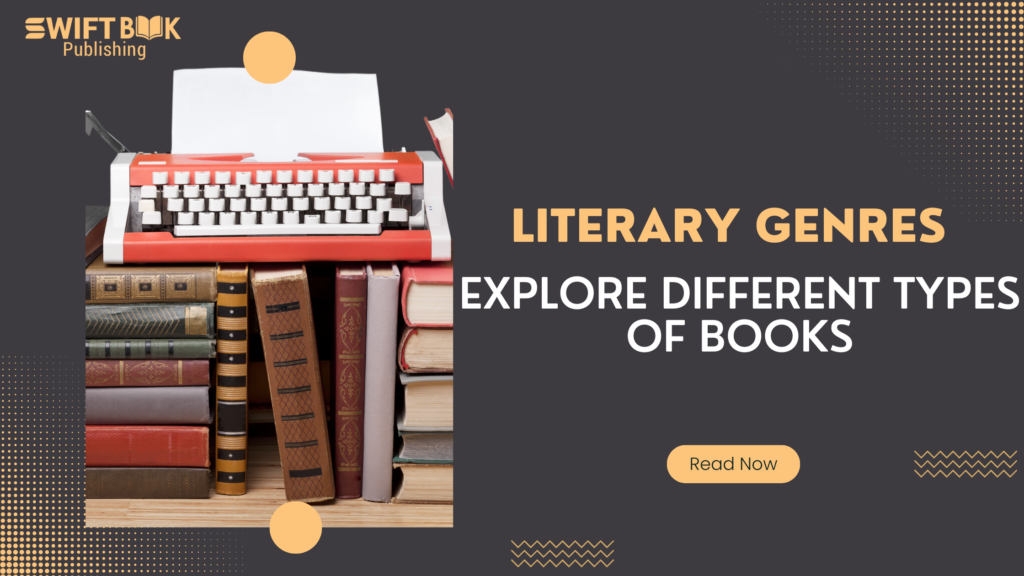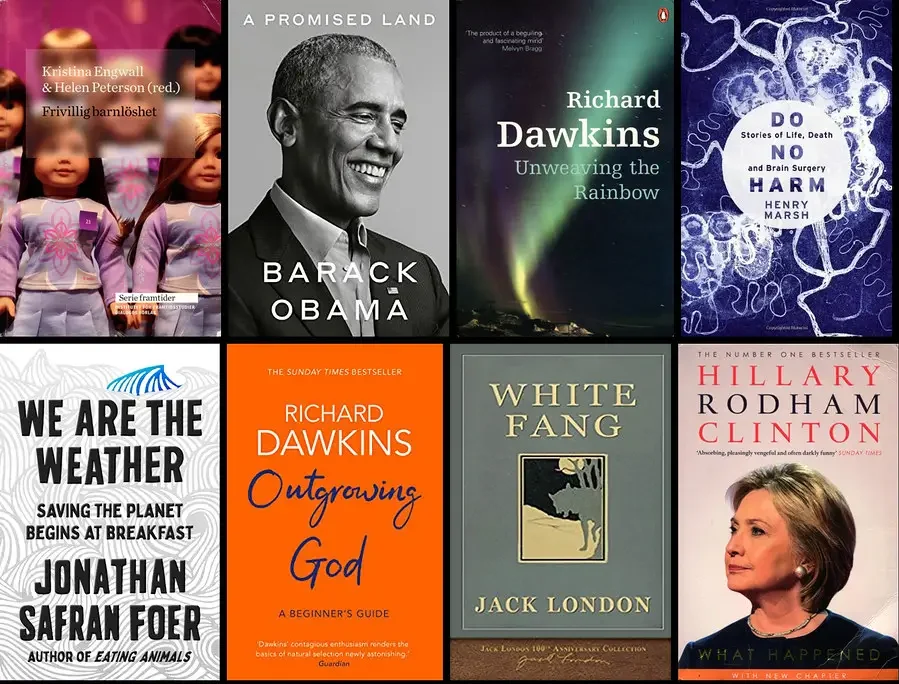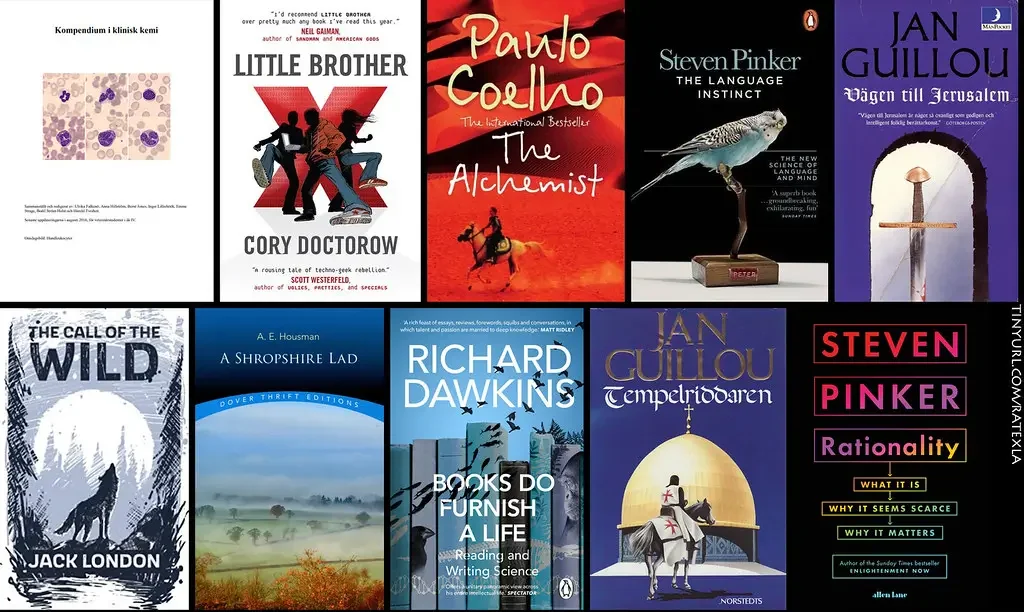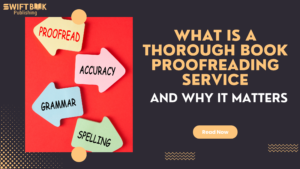Books play a pivotal role in the lives of countless individuals, serving as gateways to different worlds, times, and perspectives. Throughout history, they have assumed various forms, each tailored to convey specific ideas and stories. Whether one seeks escape through the elaborate realms of fiction or to augment their knowledge with the insights of non-fiction, there is seemingly an infinite assortment of books catering to every taste and interest.
The diversity of book genres is a testament to the broad spectrum of human curiosity and creativity. Fiction books alone encompass a wide range of sub-genres including science fiction, fantasy, romance, and historical narratives, each offering a unique blend of plot, character development, and setting to capture the reader’s imagination. Meanwhile, non-fiction books provide factual information, and cover topics as varied as history, biography, self-help, and science, aiming to educate and inform.
Choosing the right type of book can be an enriching experience, as it connects one with the thoughts and experiences of others. Whether it’s to learn about the different types of books or to delve into the intricate details of a particular genre, there’s a book out there for every kind of reader. This myriad of options ensures that the act of reading remains a deeply personal yet universally appreciated pastime.
1. Fiction
Fiction books encompass a wide spectrum of genres, each providing different experiences ranging from the exploration of deep characters to the thrills of a dark mystery.
Literary Novels
Literary novels are known for their emphasis on character, theme, and language. The prose is often complex and the narratives can be introspective, focusing on the human condition and societal issues.
Mystery and Detective Stories
These stories engage readers with puzzles to solve, often featuring a detective or investigator as the protagonist. Mystery novels include a variety of sub-genres such as crime, detective, and noir that often centre on criminal activities and the pursuit of justice.
Science Fiction and Fantasy
Science fiction and fantasy novels transport readers to other worlds or realities. They explore futuristic concepts, technological advancements, and often include elements such as magic, mythical creatures, or extraterrestrial life.
Historical Fiction
This genre takes readers back in time, quite often to significant historical events or periods. Historic Novel Books integrate fact with fiction to recreate the era with authenticity and often include real historical figures in fictional narratives.
Horror
Horror novels aim to evoke fear and suspense. They may include supernatural elements, psychological thrills, and chilling scenarios that seek to unsettle and alarm the reader.
Romance Novels
Romance novels focus on relationships and romantic love between characters. They often follow a formula that leads to a fulfilling or emotionally satisfying conclusion for the protagonists.
Short Stories
Short stories are a form of fiction that are typically concise and focused. They provide a snapshot of life or a significant moment, offering a full narrative within a brief piece of writing.
2. Non-Fiction
Non-fiction books are grounded in factual events and realistic accounts. They span across various genres, each dedicated to presenting the truth through different lenses and formats.
Biographies and Autobiographies
Biographies and autobiographies offer intimate glimpses into individual lives, narrating personal and public milestones. While biographies are authored by someone other than the subject, autobiographies are self-written, providing first-person accounts of one’s experiences.
Essays and Journalism
This subsection encompasses works ranging from personal essays to expansive journalistic reports. Essays may express opinions or share reflections, whereas journalism aims to deliver news and detailed insights on current events.
Popular Science
Popular science books distil complex scientific concepts into understandable language, making them accessible to a wider audience. They often celebrate scientific advancements and probe into pertinent questions that shape our understanding of the world.
Self-Help and Personal Development
The self-help genre provides tools and strategies for personal enhancement, covering topics like motivation, emotional intelligence, and habits. Personal development books are designed to guide readers toward realizing their potential and improving their lives.
Travel and Culture
Travel and culture books transport readers to different parts of the globe, offering deep dives into the customs, art, history, and landscapes of diverse locales. They cultivate appreciation and broaden one’s perspective on the world.
Cookbooks and Food Writing
Cookbooks present a plethora of recipes catering to a variety of tastes and dietary requirements. Food writing delves deeper, exploring the stories and traditions behind dishes and ingredients.
History and Politics
Books about history and politics dissect events of the past and present political discourse. They examine the causes and effects of events, the lives of influential figures, and the evolution of political thought and systems.
3. Children’s
Children’s Literature encompasses an array of genres uniquely tailored for young readers, from visually rich picture books to complex young adult fiction, each offering a distinct level of complexity and engagement to cater to the varying developmental stages.
Picture Books
Picture books serve as a portal into the world of reading for the youngest of book lovers. They utilise a blend of vivid illustrations and minimal text to tell stories, often imparting lessons and moral values. Titles such as the Oxford Reading Tree series are celebrated for their appeal to early childhood readers.
Early Readers
As children grow, early reader books bridge the gap between picture books and more text-heavy volumes. These books often contain short, simple sentences that are easy for children beginning their reading journey to decode. They provide a sense of accomplishment with every page turned.
Middle Grade Novels
Moving on to middle grade novels, these works cater to readers aged 8 to 12. They feature more intricate plots, developed characters, and themes that challenge young readers to empathise and reflect, like mysteries solving in HarperCollins’ popular children’s literature selection.
Young Adult Fiction
Young adult fiction speaks directly to the concerns and challenges of teenage life. It often delves into complex issues with greater depth, and explores a range of genres from fantasy to romance. It’s where young readers can find protagonists they resonate with, experiencing growth and gaining understanding of the world around them.
4. Educational and Academic
Educational and academic books are specialised publications aimed at supporting learning and scholarly inquiry. They serve as critical tools in formal education and professional research.
Textbooks
Textbooks are structured to correlate with educational syllabuses, simplifying complex subjects into digestible sections for students. They often include summaries, questions, and discussion points to facilitate understanding and retention. For example, online platforms offer interactive maths practice for kids, illustrating modern textbooks’ use of digital resources for enhanced learning.
Scholarly Monographs
Scholarly Monographs are comprehensive, in-depth examinations of specialised subjects, written by experts in the field. They are often peer-reviewed and used by academics for gaining advanced knowledge of a particular topic. Works by authors like Paulo Freire are considered pivotal in educational theory.
Reference Works
Reference Works include encyclopedias, dictionaries, and atlases. These are essential for quick fact-checking and detailed information about specific topics. They are meticulously curated and continually updated to ensure accuracy, such as the storage equipment and resources found in school cloakrooms.
Research Journals
Research Journals contain scholarly articles presenting original research, reviews, and critical analyses within an academic domain. They are a foundation of the scientific community, serving as a platform for disseminating new findings and fostering scholarly discourse. The University of East Anglia provides guidance on the use of academic literature, including research journals.
5. Poetry
Poetry is a literary form that expresses ideas, thoughts, and emotions through stylised language and rhythmic patterns. It comes in various structures and styles, each delivering a unique experience for the reader.
Key Types of Poems:
- Sonnet: A 14-line poem with a specific rhyme scheme, known for expressing deep emotions.
- Haiku: Originating from Japan, this concise form captures nature and moments in just three lines.
- Limerick: A humorous five-line verse, often with a distinctive rhythm and rhyme scheme.
- Free Verse: Offering creative liberty, this form forgoes consistent meter patterns and rhyme.
- Epic: A lengthy, narrative poem detailing heroic deeds and significant events.
In addition to these, modern poetry welcomes innovative forms, like the ‘Golden Shovel’, which pays homage to existing poetry while introducing new perspectives.
Table of Common Poetic Forms:
| Form | Lines | Rhyme Scheme | Characteristics |
| Sonnet | 14 | Varies by type | Explores profound subjects |
| Haiku | 3 | None | Captures fleeting moments |
| Limerick | 5 | AABBA | Humorous with a strong beat |
| Free Verse | Varies | None | No strict rules, free flow |
| Epic | Varies | None | Grand tales of history/legend |
Poetry as an Art and Study:
For readers and scholars alike, poetry is both an art form and a subject of study. Texts like Five of the Best Books about Studying Poetry present insights into interpreting poetic works, revealing how poets craft language to evoke emotion and convey complex concepts.
Whether through traditional forms or the flexibility of contemporary styles, poetry continues to be a powerful medium for personal expression and cultural storytelling.
6. Drama
Drama, as a literary genre, encompasses a range of works characterised by their reliance on dialogue and performance for storytelling. In literature, drama signifies a composition, typically in prose or verse, designed to be acted out by performers on a stage.
Key Types of Drama:
- Tragedy: These are serious stories that end unhappily, often with the downfall of the main character. Examples include Shakespeare’s Hamlet and King Lear.
- Comedy: Comedies are lighter in tone and often end on a happy note. Their primary aim is to amuse the audience, utilising humour and often involving romantic entanglements.
- Tragicomedy: This type integrates elements of both tragedy and comedy. An example would be Shakespeare’s The Merchant of Venice.
- Melodrama: These dramas are characterised by sensationalism and exaggerated emotions. The narrative typically features good characters triumphing over evil ones.
Formats of Drama:
| Format | Description |
| Plays | Scripted performance with actors |
| Musicals | Drama with songs and music |
| Operas | Drama with a classical music score |
Characteristics of Dramatic Texts:
- They consist of a script with dialogue and stage directions.
- The narratives explore human conflicts and emotions, often reflecting societal issues.
- Drama can be performed in various settings from small theatres to large auditoriums.
Dramatic literature is a reflection of its cultural milieu, with different types of drama in literature adapting to various historical contexts, audience expectations, and artistic trends.
7. Anthologies
An anthology is a collection of literary works chosen by the compiler. It may be a compilation of poems, short stories, plays, songs, or excerpts by various authors. In essence, an anthology, quite like a bouquet, brings together a variety of flavours, styles, and themes under a single binding.
Characteristics
- Diversity: Anthologies feature works from multiple contributors, offering a rich tapestry of voices and perspectives.
- Curation: These collections are often curated around a specific theme or subject matter.
- Educational Value: They serve as valuable resources for study, showcasing a scope of literature across time periods or literary movements.
Notable Anthologies
- Anthologia Graeca: An early example from Ancient Greece.
- The Norton Anthology of English Literature: Covers literature from the Middle Ages through the Restoration and the Eighteenth Century.
- Best Anthologies on Goodreads features a list of highly-rated anthologies as voted by readers.
Use in Academia
Anthologies are frequently employed in educational settings to provide students with a broad spectrum of writing within one volume. They are an integral part of literature courses, facilitating a comprehensive overview of literary works without the need for multiple textbooks.
Inclusion Criteria
The contents of an anthology are typically selected based on:
- Editorial vision: Aligning with the book’s intended purpose.
- Literary merit: Often, only works considered to have high literary value are included.
- Variety: Ensuring a range of styles and voices are represented.
8. Graphic Novels and Comics
Graphic novels and comics are two distinct mediums that share common elements such as sequential art to tell a story. They, however, differ significantly in structure, length, and narrative scope.
Comics are traditionally serialized stories presented in a magazine or pamphlet format, often featuring a recurring cast of characters and story arcs that can span several issues. Serialization allows for a story to be told over a long period, giving readers a reason to return each month for the latest instalment.
| Characteristic | Comics | Graphic Novels |
| Format | Serialized in issues | Standalone publications |
| Length | Shorter, varies | Longer, book-length |
| Narrative | Continuation across issues | Complete, self-contained |
| Themes | Can be diverse, but often associated with superheroes | Encompass a wider range of genres |
Conversely, graphic novels are typically standalone narratives that afford readers a complete experience in one volume. Due to their length and format, graphic novels often explore complex themes and offer in-depth character development.
Instances of both mediums can span a variety of genres, from superhero sagas to autobiographical works. However, graphic novels are particularly recognised for their capacity to delve into intricate stories that might appeal to a broader audience beyond traditional comic book fans. It is also common for successful comics to be compiled into graphic novel format, collecting a series of issues into a single, coherent volume.
For those interested in further information on the distinctions, the articles from IGN and Masterclass offer a more detailed exploration of the differences between graphic novels and comics.
Frequently Asked Questions
This section addresses common inquiries about the essentials of book writing and publishing for novice authors, detailing the publishing options on Swift, the mechanics of self-publishing without costs, the procedure of publishing without an agent, the expenses involved in self-publishing, and the potential financial returns for first-time authors.
The main categories of literature in a library are typically fiction, non-fiction, reference, periodicals, and children’s literature. Each serves a distinct role, from storytelling to factual information.
Genres of books differ in their content, style, and audience. For example, a mystery novel entails solving a puzzle, while a romance focuses on relationships, and science fiction often explores imaginative concepts about the future or alternate realities.
Books that are beneficial for children’s development include picture books, which aid visual comprehension, and storybooks that help with language acquisition. Additionally, interactive books develop motor skills and decision-making.
Common book formats in publishing include hardcover, paperback, audiobooks, and e-books. Each format offers different user experiences, from tactile sensations in physical books to the convenience of digital formats.
There are numerous recognised literary genres, each defined by its own narrative style, tropes, and content. Examples include fantasy, mystery, romance, and historical fiction. Genres categorise literature to reflect the story’s essence.
When deciding the category of a book to write, one should consider audience interest, market trends, personal expertise, and passion for the subject. These elements influence the book’s potential to engage readers and its commercial success.











